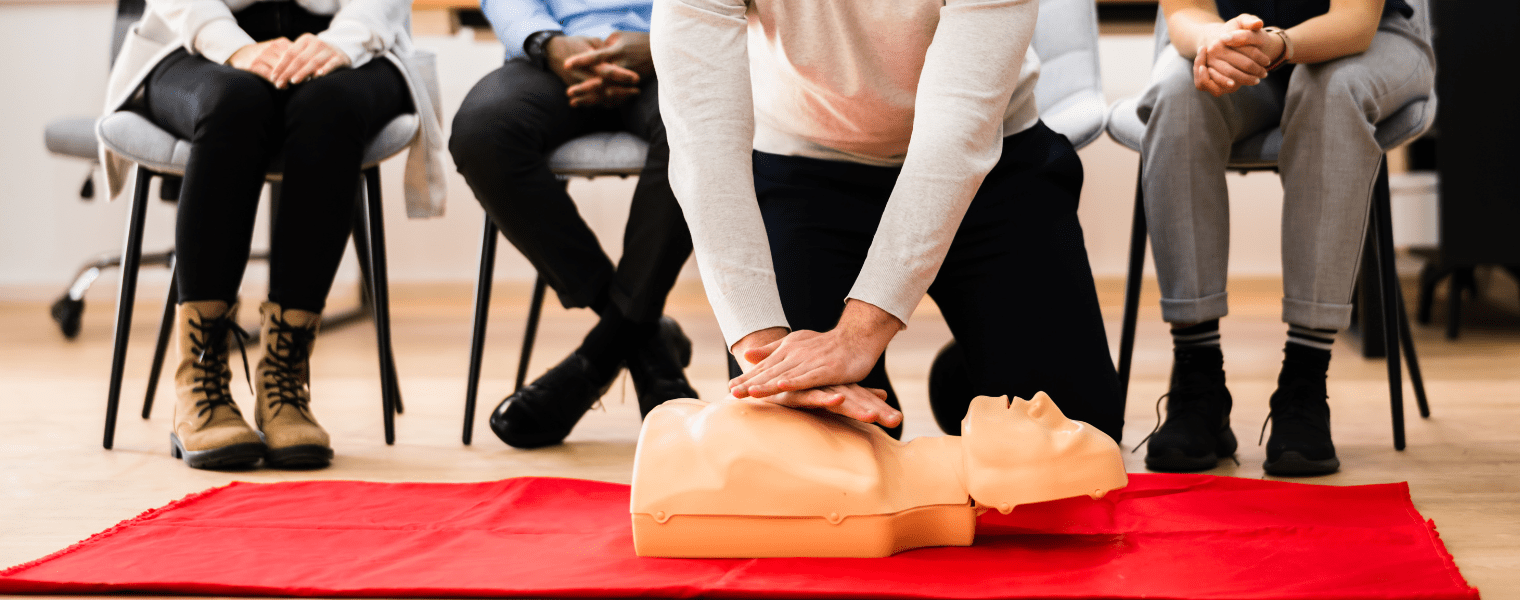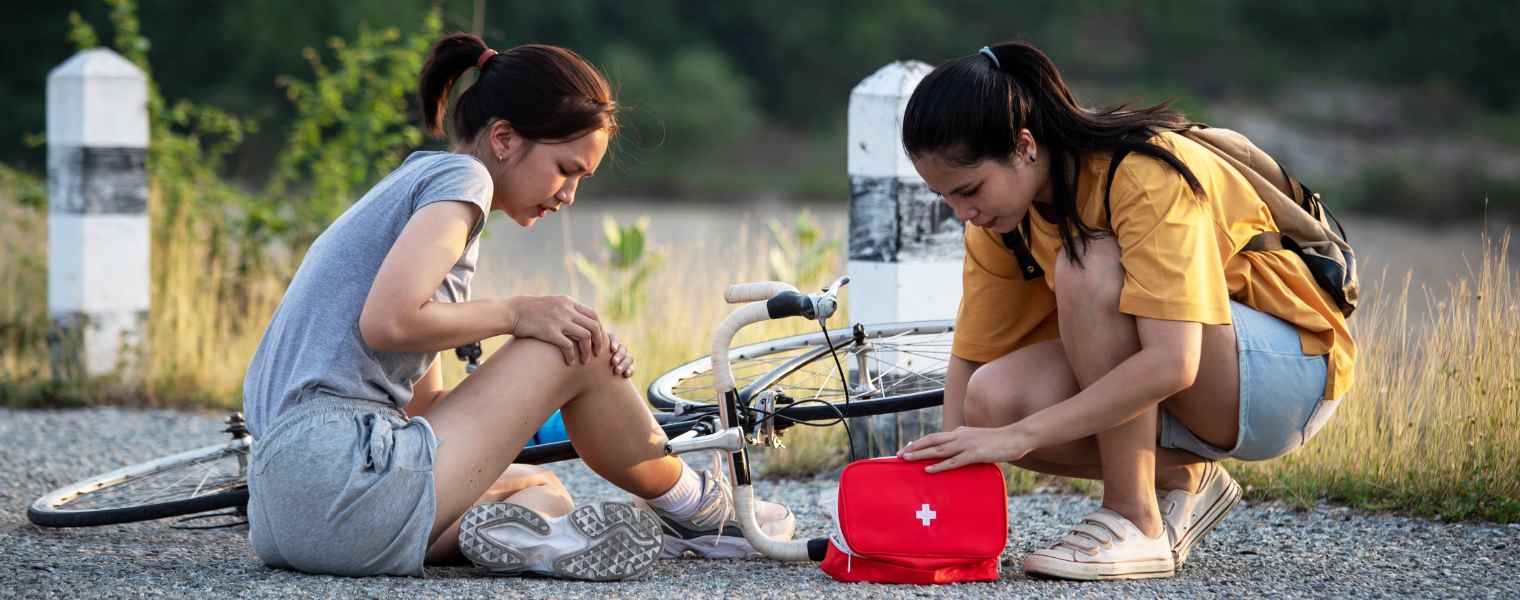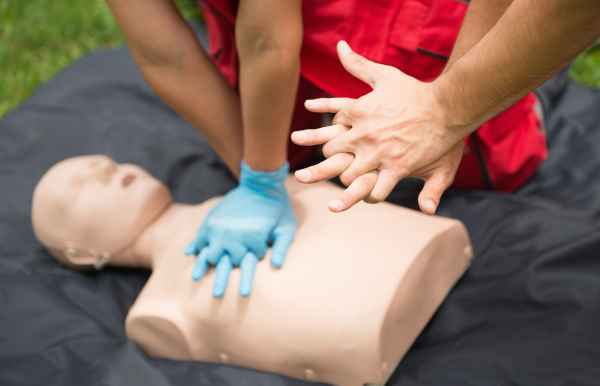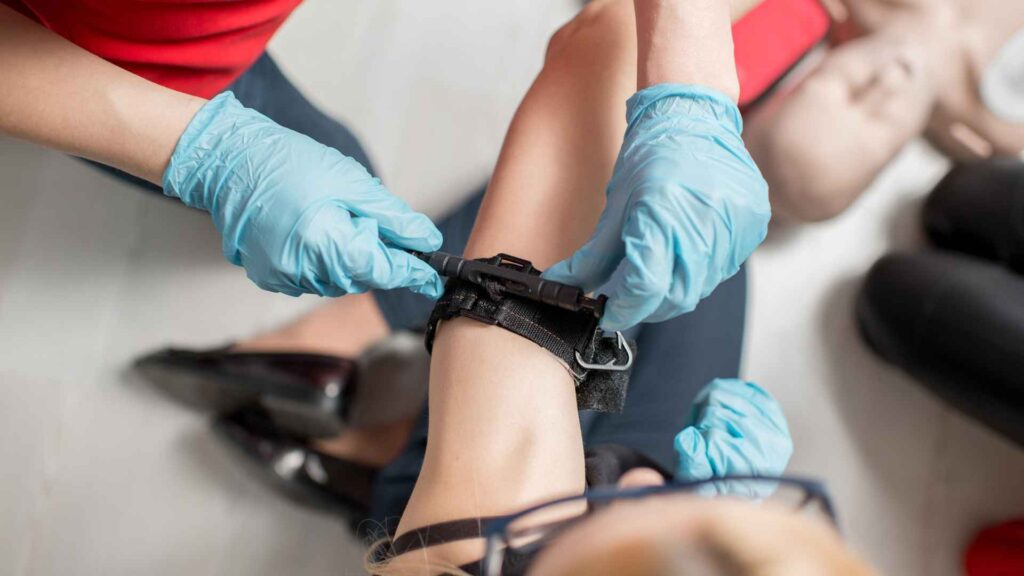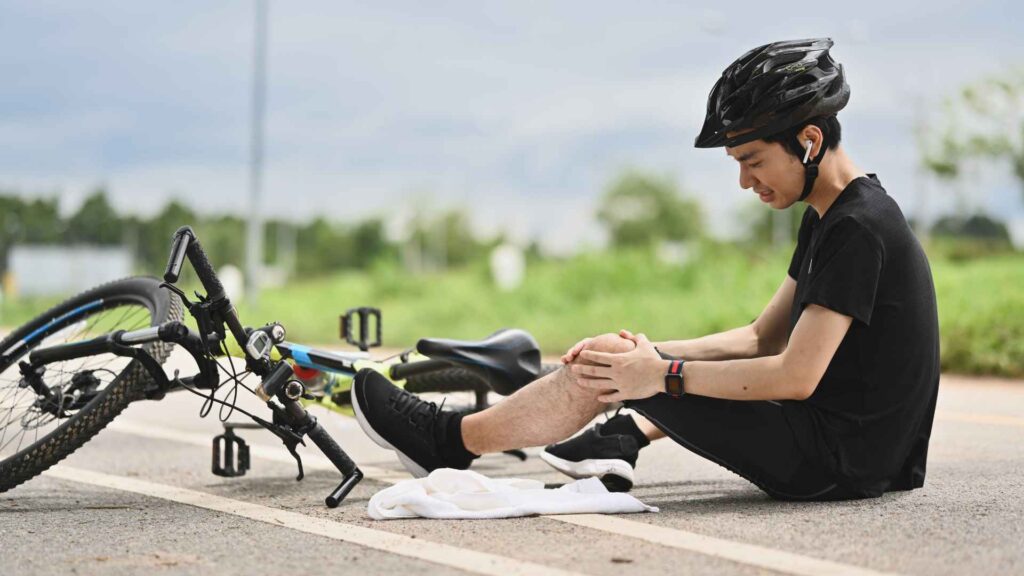A stroke is a true medical emergency where time is critical. Each minute without treatment increases the risk of lasting brain damage, long-term disability, or even loss of life. Recognizing the warning signs quickly and getting emergency care right away greatly improves the chances of survival and recovery. Below, we’ll cover what triggers a stroke, the key symptoms to watch for, and the first aid actions you can take until medical professionals arrive.
What Causes a Stroke?
A stroke happens when blood flow to part of the brain is interrupted. Without oxygen-rich blood, brain cells begin to die within minutes. There are three main types of strokes:
Ischemic Stroke – The most common type, caused by a blood clot blocking a blood vessel in the brain.
Hemorrhagic Stroke – Occurs when a weakened blood vessel ruptures, leading to bleeding in the brain.
Transient Ischemic Attack (TIA) – Often called a “mini-stroke,” this happens when blood flow is briefly blocked. Symptoms may only last a few minutes to hours, but a TIA is a serious warning sign of a future stroke and should never be ignored.
While risk factors vary, strokes are often linked to high blood pressure, heart disease, smoking, diabetes, and atherosclerosis (hardening of the arteries).
Register for First Aid & CPR Training
Stroke Signs and Symptoms
The effects of a stroke depend on the part of the brain affected and how severe it is. The F.A.S.T. acronym is an easy way to remember the most common warning signs:
F – Face: Sudden drooping or numbness on one side of the face.
A – Arms: Weakness or numbness in one arm. Ask the person to raise both arms—one may drift downward.
S – Speech: Slurred speech, trouble speaking, or difficulty understanding.
T – Time: Time is critical—call 911 immediately if you see any of these signs.
Other possible symptoms include:
Sudden blurred or lost vision (especially in one eye)
Tingling, weakness, or numbness on one side of the body
Severe headache with no known cause
Dizziness, loss of balance, or difficulty walking
Nausea or vomiting
Loss of consciousness
First Aid for Stroke Emergencies
If you suspect someone is having a stroke, do not wait to see if the symptoms go away. Immediate medical attention is essential. Follow these first aid steps until emergency responders arrive:
Call 911 right away. Stroke is a medical emergency—never delay.
Note the time symptoms began. This helps doctors decide on the best treatment.
Keep the person comfortable. If they’re awake, help them sit or lie down in a safe position. If drooling or unable to swallow, place them on their side in the recovery position.
Stay calm and monitor their condition. Offer reassurance and watch for changes.
Be prepared to give CPR. If the person loses consciousness and is not breathing, begin CPR immediately and use an AED if available.
Remember: You cannot tell the type of stroke by looking at the person, so always treat every stroke as a life-threatening emergency.
Stroke Recovery and Support
Recovery from a stroke depends on how quickly treatment begins, the severity of the stroke, and the person’s overall health. Rehabilitation may involve physical therapy, speech therapy, and occupational therapy. Caregivers also play an important role in helping stroke survivors regain independence and manage daily activities.
Be Prepared: Learn First Aid & CPR
A stroke can happen anytime, anywhere. Being trained in First Aid and CPR gives you the confidence to respond in an emergency—whether it’s recognizing the early signs of a stroke or taking action until EMS arrives.
At Coast2Coast, we provide American Red Cross First Aid and CPR certification courses designed to prepare you for real-life emergencies.










